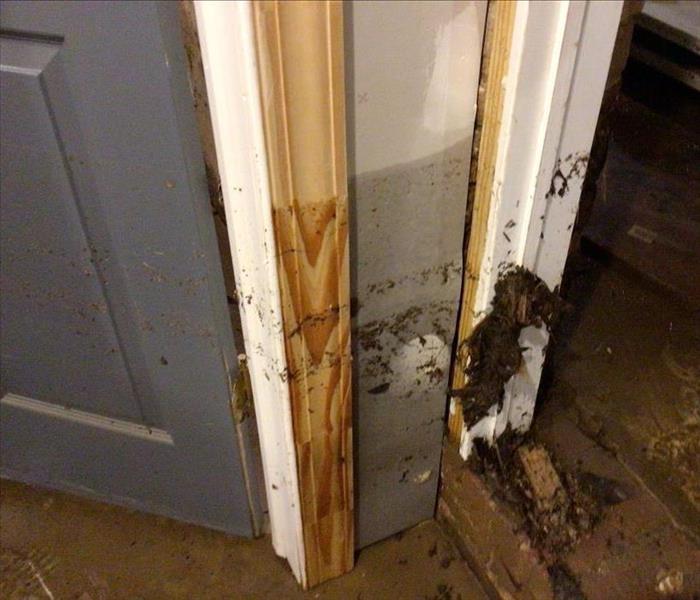Post-Storm Safety: Identifying and Avoiding Hazards
5/15/2024 (Permalink)
After a severe storm, it's essential to prioritize safety as you assess the damage to your property and begin the cleanup process. Storm damage can create various hazards that could cause further injuries or property damage if not properly identified and avoided. In this blog post, we will explore important safety tips for post-storm situations and how to identify and avoid hazards during the aftermath of a storm emergency.
1. Stay Informed and Follow Local Authority Guidelines
Listen to local authorities and stay informed about any safety guidelines or evacuation orders in your area. They will provide important information regarding potential hazards and safe practices following a storm.
2. Assess Structural Damage
Before entering your property after a storm, thoroughly assess its structural integrity for any signs of damage. Look for sagging roofs, leaning walls, or weakened foundations that could pose a risk of collapse. If you suspect structural damage, evacuate immediately and contact professionals to evaluate the situation.
3. Watch Out for Fallen Power Lines
Stay away from any fallen power lines in your surroundings, as they may still be live and pose a severe electrocution hazard. Report fallen power lines to your local utility provider and maintain a safe distance until they resolve the situation.
4. Beware of Standing Water
After a storm, be cautious of standing water, as it may be electrified or contain hazardous substances. Avoid direct contact with standing water, and never attempt to wade or drive through it. Standing water can hide debris, sharp objects, and open utility holes.
5. Be Mindful of Gas Leaks
If you smell gas or suspect a gas leak, evacuate your property immediately. Avoid turning on or off any electrical switches, as a spark could ignite the gas. Contact your gas company or emergency services and wait for a professional to evaluate and resolve the situation.
6. Take Precautions During Cleanup
When starting the cleanup process, wear appropriate protective gear, such as gloves, boots, and a mask, to prevent injuries and exposure to harmful substances. Use caution while handling debris, as it may contain sharp objects or hazardous materials.
7. Use Caution with Generators
If you are using a generator for temporary power, ensure it is located outside your home in a well-ventilated area. Generators produce carbon monoxide (CO) gas, which is odorless and can be deadly. Avoid using generators in enclosed spaces, including garages or basements.
8. Be Aware of Chemical Spills
Check for any chemical spills that may have occurred during the storm. If you identify any hazardous materials, follow appropriate protocols for containment and cleanup, wearing protective equipment as necessary. Contact local authorities or professional cleanup services for assistance.
9. Avoid Damaged Trees and Branches
Inspect trees on your property for signs of damage or instability. Damaged trees and branches may still be at risk of falling, especially during high winds or subsequent storms. Stay clear of these hazards and seek professional assistance to handle large or hazardous trees.
10. Document the Damage
Document the storm damage to your property through photographs or videos. This documentation will be helpful for insurance claims and can assist cleanup and restoration professionals in understanding the extent of the damage when you contact them.
In conclusion, being aware of post-storm safety and identifying potential hazards are crucial steps in your storm damage plan. By following these safety tips and taking precautions when assessing and cleaning up after a storm, you can protect yourself, your property, and your loved ones from further harm. Remember, SERVPRO® professionals are available to assist with storm damage cleanup and restoration to help you recover as quickly and safely as possible. Stay safe, stay informed, and prioritize safety during the aftermath of a storm emergency.

 24/7 Emergency Service
24/7 Emergency Service
